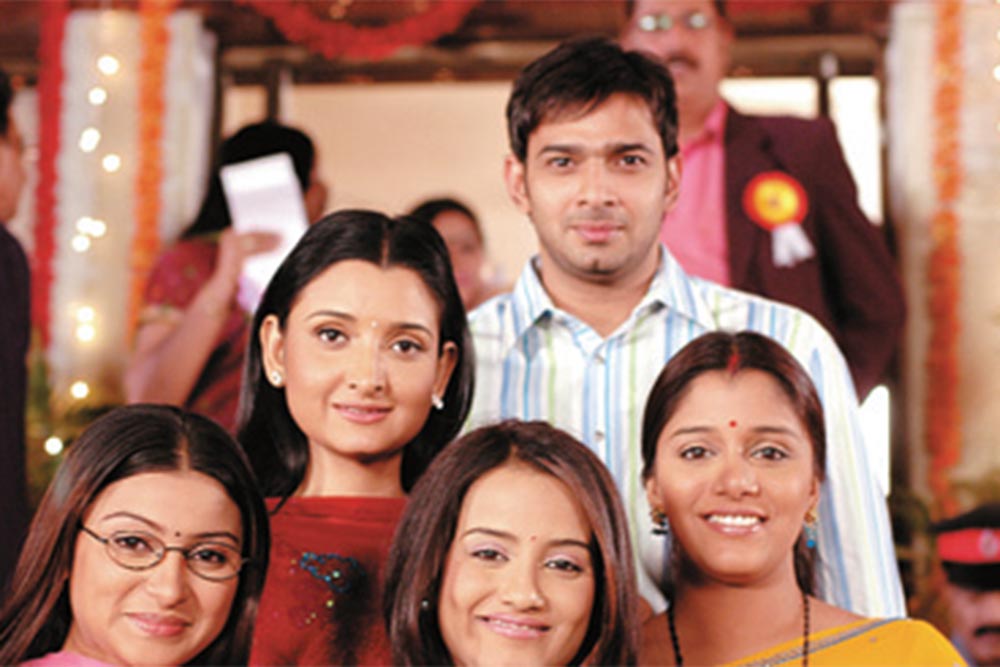Pravin Kulkarni grimaces on being told that advertising on television will become costlier very soon. “It’s so expensive as it is. How much more should we pay now?” complains Kulkarni, Parle Products’ general manager (marketing), not really expecting an answer. Still, the buzz at media buying agencies is that in the coming months, ad rates will be hiked at least 15% across television channels. It’s not an arbitrary move. Come October, no channel can have more than 12 minutes of advertising every hour (and that includes two minutes of promos). The exception, of course, is cricket, where a commercial break marks the end of every over.
Since broadcasters are certain to face a drop in advertising revenue, they have decided to get more out of the advertiser. (see: Making up for lost time) “An increase in rates is inevitable. There is no option left for us,” concedes Rohit Gupta, president (network sales, licensing and telephony), MSM (formerly Sony Entertainment Television). But if broadcasters don’t have options, their advertisers do — and they may not hesitate to venture beyond TV if rates become prohibitive. Kulkarni, for instance, points out that Parle Products spends as much as 80% of its media budget (around ₹ 80 crore) on television. The remaining is spread across print, digital, cinema and ambient media. “We need to look at other options. If the rate hike is going to be 15%, we could move as much as 5-10% of our spend out of television,” he says.
While the cap on advertising time has always existed, broadcasters have been getting away with interpreting it as an “average” 12 minutes per hour, which meant they could have peak-time advertising minutes far in excess of the limit. With digitisation being patchy, subscription revenue will have to go up significantly to reduce broadcasters’ dependence on advertising. According to a KPMG report, the industry got a third of its total income of ₹ 37,000 crore in 2012 from advertising, a ratio it maintained even the previous year, when advertising accounted for ₹11,600 crore of a total revenue of ₹33,000 crore. “The current regulation puts substantial pressure on the advertising side of our business,” agrees Gupta, whose network gets about 70% of its income from advertising.
According to Shashi Sinha, CEO, IPG Mediabrands India, the bigger fallout of the hike will be the inability of small and medium-sized firms to advertise on TV. “Today, there is a long tail on television and they can advertise their brands on smaller news channels. That will become difficult in the new scenario,” he says.
Gupta is not too concerned about advertisers backing off once rates are hiked. “Television is still extremely cost-effective for the number of people it reaches out to,” he maintains. “That is not something one can ignore easily,” he says. For now, all eyes are on October 1 and a possible deferment.











